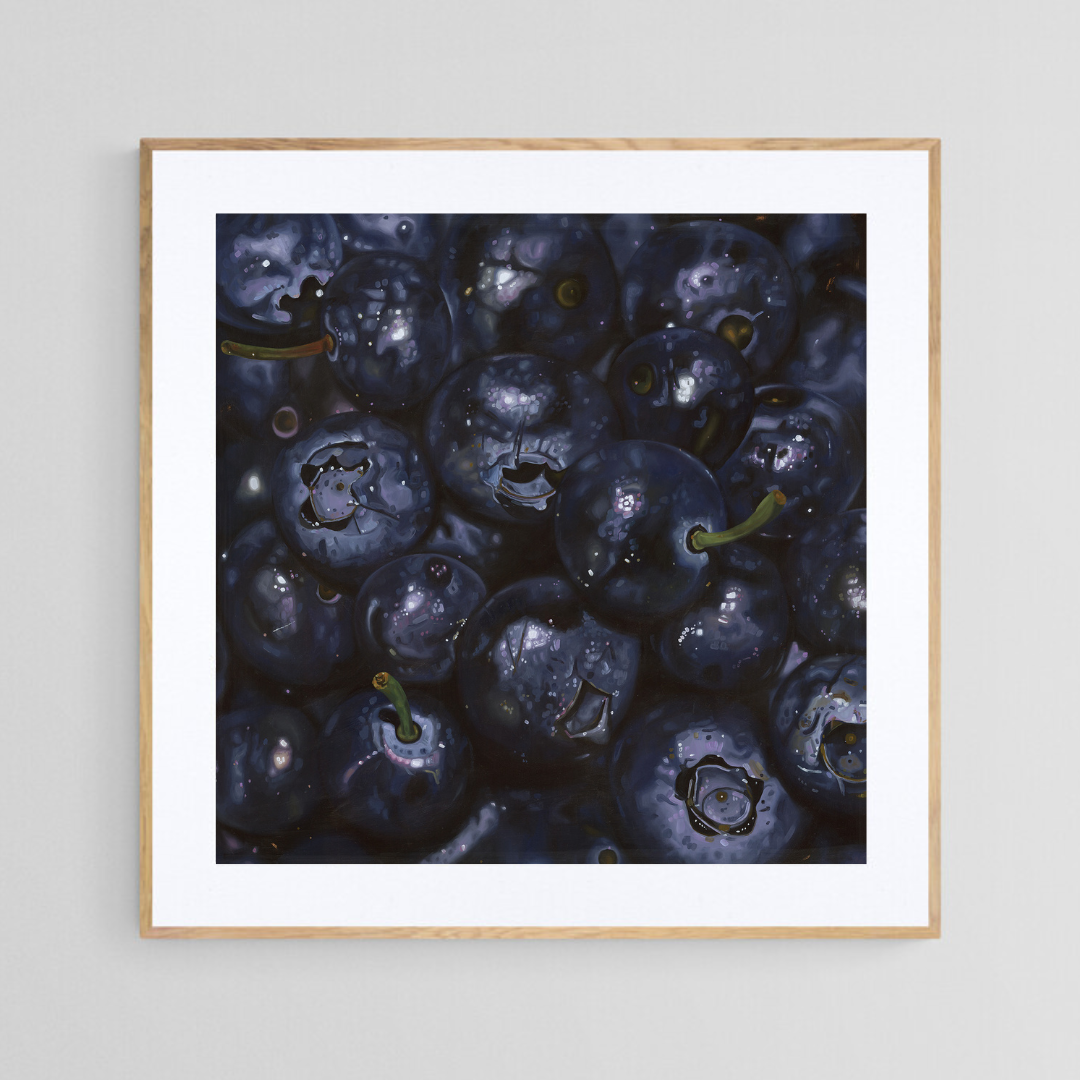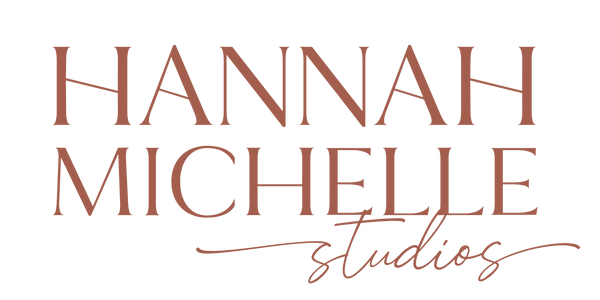FAQs
Collapsible content
What is a “giclée”?
Giclée (pronounced jhee-clay) is the term coined for the latest generation of fine art reproduction. The term means “to spurt” in French and comes from the fact that a giclée printer is basically an inkjet printer taken to the extreme. Giclées are printed with a microscopic sized dot pattern allowing for virtual continuous tone printing. Using 10 different coloured inks we are able to capture a range of colours previously unheard of, resulting in the absolute highest quality print imaginable.
How soon will I get my print?
The majority of my print stock, especially all large fine art paper prints and any canvas prints, are made-to-order. I work in partnership with a wonderful, local business who does my printing in Toronto, Canada, so giclées on fine art paper can take up to 5 days to dispatch and giclées on stretched canvas can take up to 2 weeks to dispatch due to the multiple small businesses that are involved when a stretched canvas print order comes in.
How soon will I get my painting?
This depends on what production stage the painting is in. If the work is brand new, it may still require time to dry and receive a coat of varnish, when this is the case (as it often is) I will be in contact with you right away to give you an idea on timing. Drying and varnishing can take weeks, but rest assured the goal is to get your artwork to you as soon as possible.
If the painting has already been varnished and is ready to go, then please allow for 5 business days to carefully package and arrange shipping for your artwork. You will be provided with a tracking number via email as soon as one is generated. In the event any additional time is needed to responsibly send the artwork to you, I will reach out by email.
If you have any questions, or would like to discuss a piece in advance of purchase, please don’t hesitate to contact me.
If you have ordered a custom, commissioned painting, then I will provide an estimate on how much time it will take to complete the piece.
What is the difference between a giclée on fine art paper vs. a giclée on stretched canvas?
The fine art paper giclées are made with neutral white, archival quality, EPSON Enhanced Matte heavy weight (200-230gsm) paper. The fine art paper print comes borderless, this option is perfect if you’d like to customize your print with a frame that will compliment your home's decor.
*Note: Limited edition fine art paper giclées come with a 1” white border surrounding the print to leave room for the print edition number, title and artist’s signature.
The stretched canvas giclée option implies that the print is made on heavyweight cotton-poly blend canvas and stretched on a wood frame with a 1.5” (38mm) profile. The canvas is archival quality and enhanced with elastic polymers for gallery wrap stretching without cracking. The image is mirrored onto the sides of the canvas and is ready to be hung upon delivery.
What is a hand-embellished print?
After the canvas giclée has been stretched, I selectively add heavy-bodied acrylic paint on top, highlighting certain areas of the print, giving it texture and mimicking the appearance of the original painting. Each hand embellished print is unique from the other.
Available in very limited quantities and only on stretched canvas giclées.
What is the difference between open edition and limited edition prints?
Open Edition:
While of the same excellent quality as a limited edition print, there is no limit to the number of copies that will be made of the original painting when offered as an open edition print. These prints are priced more economically than their higher value counterparts for this reason.
Limited Edition:
These prints are offered as a singular, limited batch, usually of 100. Once the available prints are sold, there will not be more made. For example, in a 25-print limited edition, once all 25 prints have sold, the prints will no longer be available. Limited edition prints are signed, dated, numbered to show which print out of the batch each is (ex: 1/25) and they come with a certificate of authenticity. The exclusive nature of a limited edition print effectively raises its value.
Do you accept custom painting requests / commissions?
Yes! This is one of my favourite parts of my career as a professional artist. Mostly I stick to accepting commission requests when the reference image(s) the client wants to capture in paints are landscapes or still-life scenes, however I do also paint human figures from time to time, it’s very dependent on the scene at-hand. Please feel free to reach out to me and I will be able to tell you if the scene you have in mind is something I can/will paint for you.
What does your commission request process look like?
See commission testimonials and images from clients here and here.
Step one | Choosing a reference image:
My work is most commonly categorized as hyper-realism, and I work from reference images. I can piece scenes together or work from a single image, this is dependent on my client and their goals for their artwork.
Please note: reference images I work from have to be photos that either I have provided, my client has provided (and has permission from the photographer to use) or from a free-to-use website with an open license. I cannot work from images that could be subject to copyright as that risks my business, but I also choose to respect the creative rights of artists and photographers so I require permission from photographers when referencing their work (and I will give credit to the photographer when posting about the painting on social media).
Step two | Choosing a canvas size & material:
Once a reference image has been chosen, I will need to know how large you’d like your artwork to be!
Popular sizes are 11x14”, 18x24”, 24x36”, but I can customize canvas sizes to suit the project and your goals. Canvases also come as a standard depth (how much the canvas extends out from the wall) or a gallery depth: standard depth is 3/4” and gallery depth is 1 & 1/2”.
For a slightly higher material cost, birch wood panels can be used opposed to regular canvas. These come in varying, standard sizes and both in standard and gallery depths.
Step three | Choosing an ideal completion date:
Finally, I need to know the date you require your painting for. Rush projects are possible at certain times of the year (if I’m not booked solid) but they result in an additional fee (due to the sleepless nights and schedule rearranging required to make the last-minute deadline).
When I have the reference image, ideal completion date and size and type of canvas for the project, then I can provide you with a price. This is because the timeline, image and size of the project greatly impact the time and materials required to create your painting. Painting hours can vary from as low as 10 to over 100 hours.
Step four | Payment process:
Once you receive your painting price, you confirm your project with me and reserve your time slot with a 50% deposit. This covers my initial time and the materials to start your painting. I will send project updates once I start the painting. When the painting is complete, I will send detailed final images and the remaining 50% payment is due upon pickup of the work or before shipping.
Payments can be made by e-transfer to this email (hello@hannahmichellestudios.com) or through PayPal (I will issue an invoice). I do not accept cheques.
Receipts in the form of detailed invoices, marked as fully paid, are issued at the completion of the project (in addition to those generated automatically by PayPal, where relevant.) Progress report receipts can be made available at my clients’ request.
Social Media Posting:
I will likely use images and video on social media sites like Instagram, Facebook and Tiktok of your painting and the process of making it. If your painting is being done as a gift and/or needs to stay secret, please let me know in advance and I will refrain from spilling the beans until after the painting has been gifted!
How should I care for my print?
Handle the print as lightly as possible, with oil-free, gloved hands if possible. The oils from our skin can tarnish and discolour the surface of the print. I recommend framing prints with a glass or plexi-glass cover to protect the print from dust and debris. While archival in quality, fine art paper and canvas giclées will fade over time if left in prolonged, direct sunlight due to the UV contact.
How should I care for my painting?
Paintings get dusty from time to time. I recommend making a micro-fibre cloth lightly damp with clean water, and very gently running it over the area(s) in question. While protected with a layer of varnish, paintings should be kept out of prolonged, direct sunlight to protect the surfaces from UV contact.
Paintings coated in resin are subject to fading or chalking if left in prolonged, direct sunlight.
Paintings should be kept in humidity-controlled spaces to prevent canvases from warping due to prolonged exposure to high water content in the air.
Do you have a question that wasn’t answered here?
Contact me and I'll do my best to help!


